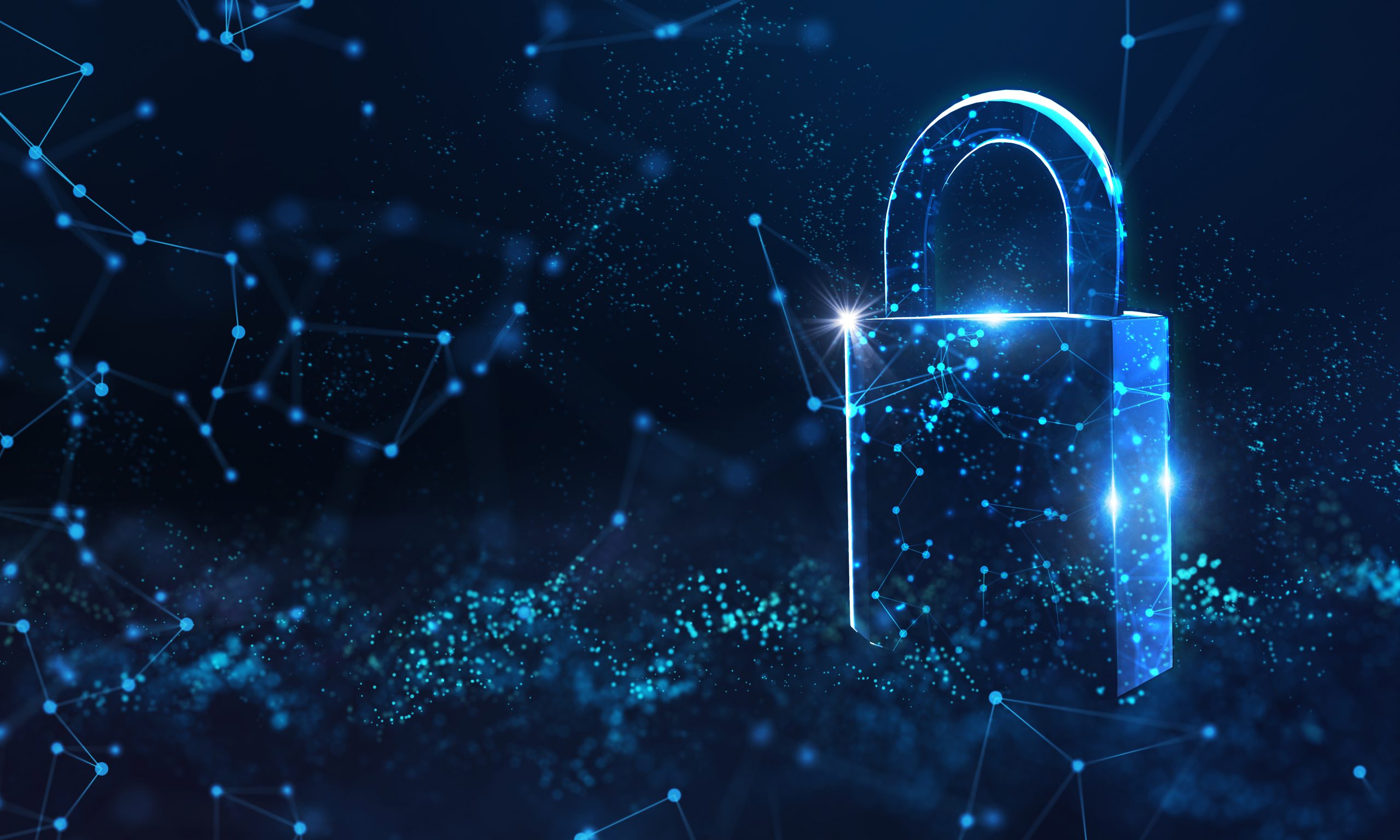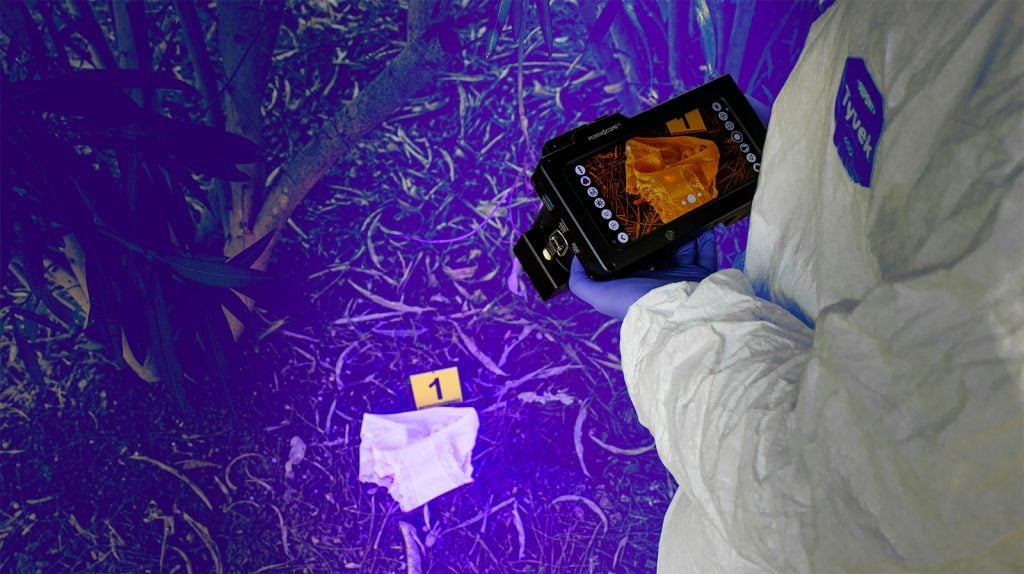
Digital Forensic
Digital forensics is the branch of forensic science that focuses on identifying, obtaining, processing, analyzing, and reporting electronically stored data. Electronic evidence is a component of nearly all criminal activity, and digital forensics support is essential for law enforcement investigations.
Digital forensics began to evolve more than 30 years ago. This field originated mainly in the United States when law enforcement and military investigators began to see their crimes become technical. Government personnel tasked with protecting important, confidential information demonstrate how vital computing forensics is by conducting forensic investigations in response to potential security breaches, not only to investigate a specific breach but also to learn how to prevent future breaches.
Often law enforcement, financial institutions, and investment firms incorporate digital forensics into their infrastructure. Digital forensics is used to help investigate cybercrime or identify direct evidence of a computer-assisted crime. The development of the concept of digital forensics dates back to the late 1990s and early 2000s. Digital forensics is often used in both criminal law and private investigation. It has traditionally been associated with criminal law.
Digital forensics, the art of recovering and analyzing content from digital devices such as desktop computers, laptops/netbooks, tablets, and smartphones, was little known until a few years ago.

Picture 1.
Digital forensics is a multidisciplinary and interdisciplinary field encompassing a variety of disciplines, including criminology, law, ethics, computer engineering, information, and communication technology (ICT), computer science, and forensic science. It is also the process of uncovering and interpreting electronic data to preserve any evidence in its most original form.
Forensics is the practice of collecting, analyzing, and reporting digital data in a legally acceptable manner. It can be used in the detection and prevention of crime and in cases where evidence is stored digitally. Forensics deals with the protection, identification, extraction, and documentation of computer evidence, requiring specialized expertise that goes beyond normal data collection and protection techniques. Recovering, validating, and analyzing computer data, typically data that may have been deleted or destroyed, using specialized techniques.
Computer crime or cyber crime is any crime involving computers and networks. So the computer may have been used to commit a crime, or it could be a target. This is the case in computer-only criminal activities, such as cybercrime or spam.

Picture 2.
Crimes committed in electronic or digital fields, especially cyberspace, have become extremely common today. Criminals are using technology extensively to commit a variety of digital crimes and create new challenges for law enforcement, lawyers, judges, and military and security professionals. Digital forensics has become incredibly useful and invaluable in detecting criminal activity and identifying and solving computer-based and computer-assisted crimes.
Digital devices such as mobile phones, tablets, laptops, and desktop computers have become an indispensable part of modern society. With the prevalence of these devices in our daily lives, there is a tendency to use the obtained information for criminal activities. Crimes such as fraud, drug trafficking, different types of murders, forgery, and terrorism can often be computer related.
Digital forensics is often associated with the detection and prevention of cybercrime. It is relevant to digital security as both focus on digital events. Digital security focuses on preventive measures, while digital forensics focuses on actions to be taken. Digital forensics is divided into different sub-branches: computer forensics, network forensics, mobile device forensics, memory forensics, and email forensics.

Picture 3.
A digital forensic investigation can be divided into three phases: evidence preservation, analysis, and presentation/reporting. Digital evidence can be found in open computer systems, communication systems, etc., available. Digital evidence can be copied exactly and is difficult to destroy. It can be found on the hard drive, flashcards, phones, mobile devices, routers, tablets, and devices such as GPS. Evidence must be relevant and credible to be admissible in a court of law. To date, few legal actions have been taken against digital evidence. Analysts conduct investigations based on the evidence required, using a variety of techniques, following the principles of forensic science. The report is then prepared to be suitable for presentation in court.
Advances in computing and network technologies have demonstrated the importance of existing digital forensics tools and techniques. Sometimes there is rapid development, a lack of standardization, and training in digital forensics. Because every investigation is unique, it is difficult to establish a standard procedure for every forensic analysis. However, to meet the need for standardization, organizations, such as the National Institute of Standards and Technology (NIST) have published guidelines for digital forensics. Some companies have started offering certification programs to respond to the training need.

Picture 4.
Major future challenges in digital forensics include cloud computing, metadata, forensics (prevention of forensics), encryption, social networking, and wireless networks.
Today, digital forensics is an essential tool for solving crimes committed with computers (for example, false identity and bank fraud), as well as crimes against persons for whom evidence may be found on a computer (for example, money laundering and child abuse). Forensic tools have become important tools because of their ability to reconstruct evidence left by cyberattacks.



